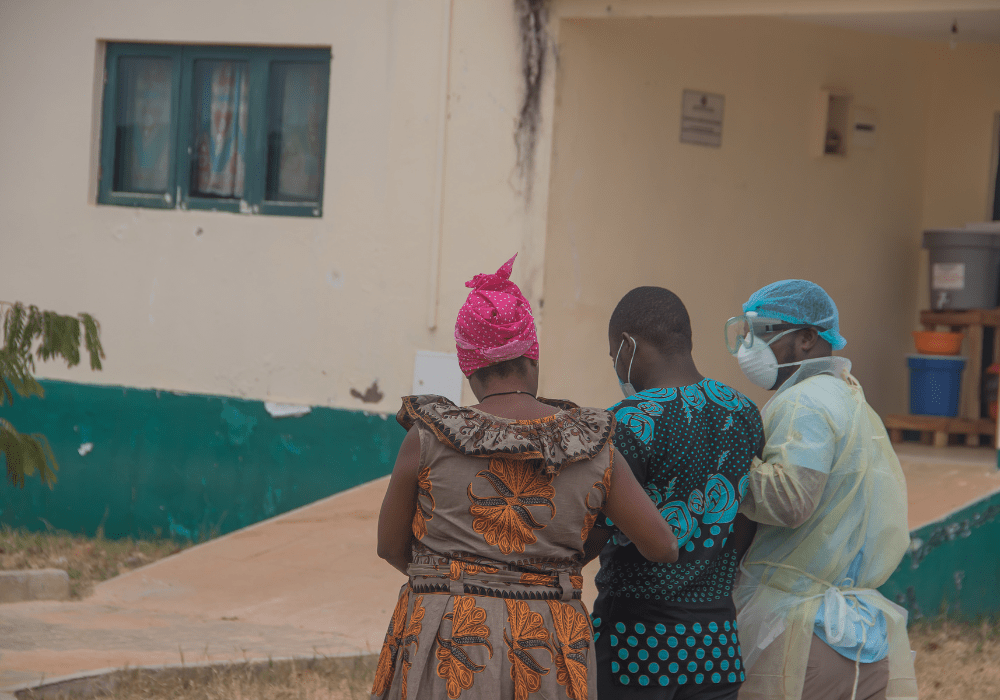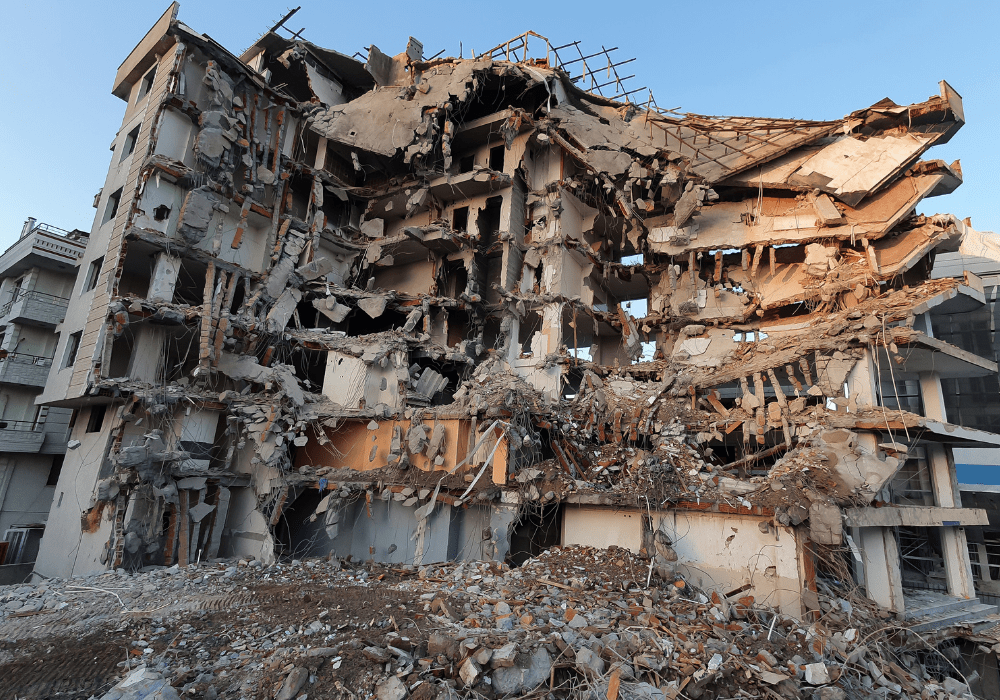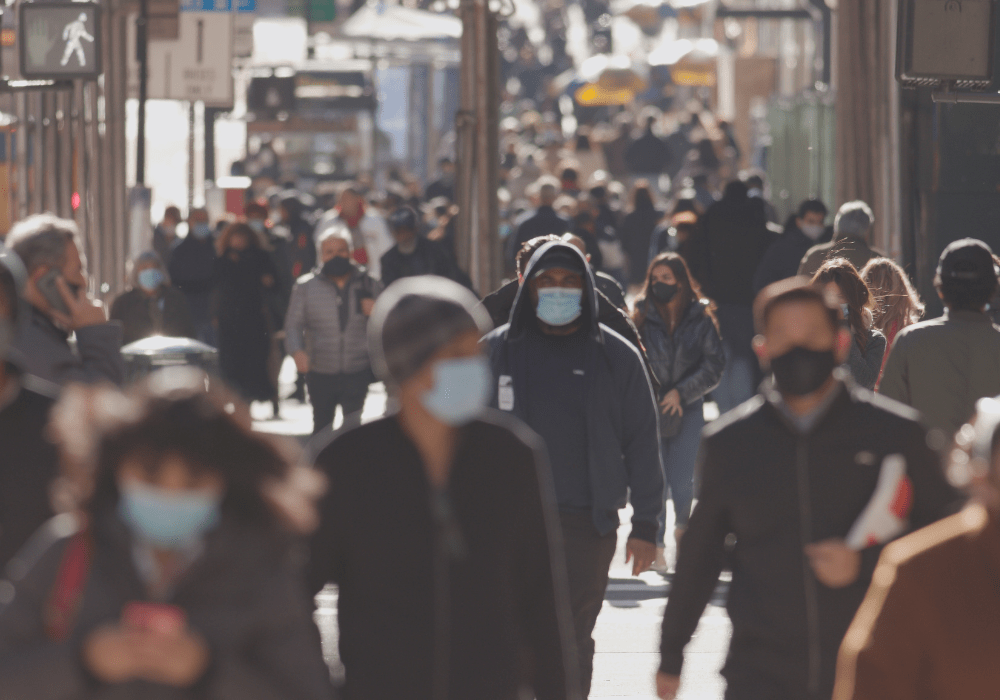
A recent study published in the Journal of Emergency Management and Disaster Communication studied the impact of access to information regarding emergency behaviors during the COVID-19 pandemic. The study examined disease knowledge, dynamic news, government measures, and media in the context of how guidelines and information were communicated to the general public. The researchers analyzed preventative behaviors and their correlation with perceived risk among the general public, highlighting the profound effects media, misinformation, and public perception have on adhering to guidelines. The study notes that past research excluded the effects of information access during large-scale health crises, instead focusing on common infectious diseases.
Continue reading “Study Highlights Access to Information and the Impact on Behaviors During COVID-19”







